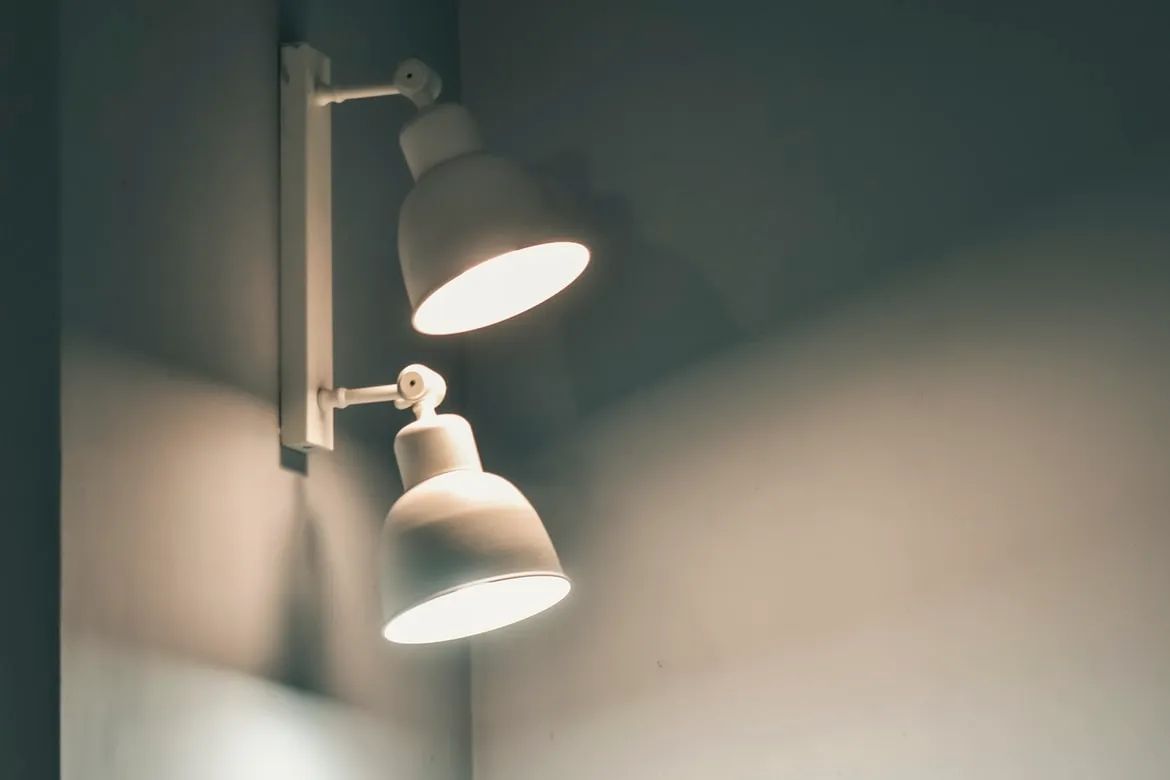Providing Peace of Mind
Custom home security system installation in Columbus and Medina, Ohio.
Remote Lighting
What to Look For:
When determining our picks for the best remote-controlled lighting systems, we focus on the following factors:
Connectivity
Some remote-controlled lighting systems use Wi-Fi, while others can work without it or with Z-wave technology. Lighting systems that rely on it should be avoided if your Wi-Fi is unreliable.
Control Options
The term "remote control" can refer to a number of different things. In its most basic form, it simply means that a lighting system must be controlled by something other than manually manipulating a light switch. Voice control, app control, or pointing a remote at the switch from across the room are all possibilities.
Integrations
The majority of today's remote lighting control solutions are smart devices. If you're interested in one smart device, there's a strong chance you already have others in your house. As a result, we put a premium on solutions that work with smart home devices like Amazon Alexa, Apple Home Kit, Google Assistant, and others. These connections provide you with more ways to adjust your lights.
The use of voice activation in smart home equipment is becoming more popular. Users can set up their devices in the Smart Home area of the Alexa and Google Home apps. Many companies, like Amazon, are making it easy to incorporate smart gadgets. You can utilize a voice assistant in addition to the Insteon Remote Control. The lights turn on once Alexa says, "Let there be light." Set a scene in the Insteon app and it will instantly sync with the Alexa app if you plan on utilizing Insteon devices. Show it off to a buddy or use it during your Saturday morning television show. Use your favorite home assistant to manage the lights from afar.

Different Types of Remote Control Lighting
Although smart homes have recently been popularized by the ease of availability of devices that connect to the internet, remote lighting is not as new of an invention as you might think! Previously technology such as radio frequency or infrared was used to give homeowners the ability to control lighting from a click of a remote.
Radio Frequency (RF) Light Switches
A radio signal is used to communicate between the switch and the transmitter in this sort of switch.
Typically, the transmitter is a battery-operated remote control. The disadvantage of this older method is that a receiver must be wired into the light switch junction box.
On the bright side, with a range of well over 100 feet, the range is impressive. With RF light switches, you won't have to change your bulbs either.
With some brands, you can use the remote or a wall switch to operate your lights remotely, but you'll need compatible bulbs. RF switches are still worth considering if you need a new switch installed exactly where you want it with no need to rewire.
Infrared (IR) Light Switches
The same idea applies to IR light switches as it does to your TV remote.
Many smart switches come with built-in infrared receivers and a compact remote. Replace the switch itself for a hassle-free installation that requires no rewiring.
Physical impediments, on the other hand, are a problem for infrared technology. For the switch to work properly, you'll need a clean and unobstructed line of sight.

Bluetooth and WiFi-Enabled Remote Control Light Switches
If your lights have an inbuilt Bluetooth module, you can now control via a device using Bluetooth.
WiFi switches work in the same way as Bluetooth switches, except they connect to your home network instead. Wifi-enabled switches are our choice of technology, and it allows you to control your lights from anywhere. These types of devices also allow you to set schedules, so your lights turn on by the time you get home.
A home hub is required for most WiFi smart lighting, but in exchange for this small investment, you'll gain much more comprehensive control over the lighting in your connected home.
Z-Wave Enabled Remote Control Light Switches
Z-Wave is a world-standard wireless technology that lets all your home electronics talk to each other, and to you, via remote control. It uses simple, reliable, low-power radio waves that easily travel through walls, floors and cabinets, without interference from the other wireless devices you might have in your home. Z-Wave control light switches can be added to replace almost any existing light switch allowing full remote control.
Z-Wave switches work in the same way as WiFi switches, except they connect to a central Z-Wave hub instead of your home network. Z-Wave-enabled switches are our choice of technology, and it allows you to control your lights from anywhere. These types of devices also allow you to set schedules, so your lights turn on by the time you get home.
A Z-Wave hub is required for Z-Wave smart lighting, but in exchange for this small investment, you'll gain much more comprehensive control over the lighting in your connected home.

FAQs
What is remote lighting?
Remote lighting is the ability to control any lighting source from a distance. No more searching for the right switch or forgetting to turn off the lights after you leave.
Can I control my lights remotely?
If you want to transform your current lighting system into something you can control remotely, you have a couple of options. Smart light bulbs are traditionally easy to install and can be controlled with an app. Smart plugs can also be implemented to control existing lighting features.
How do I turn on my lights remotely?
Depending on your home automation setup, you might have a remote control, an app, or voice command for lights. The best way to determine how to use your remote lighting is to consult the user manual. Most new systems are compatible with smart home setups such as Alexa.
How do remote control lights work?
Each lighting system with remote control is unique. A Wi-Fi, Z-wave or Bluetooth connection is used by many remote control lighting systems. Others use infrared or radiofrequency technology.
